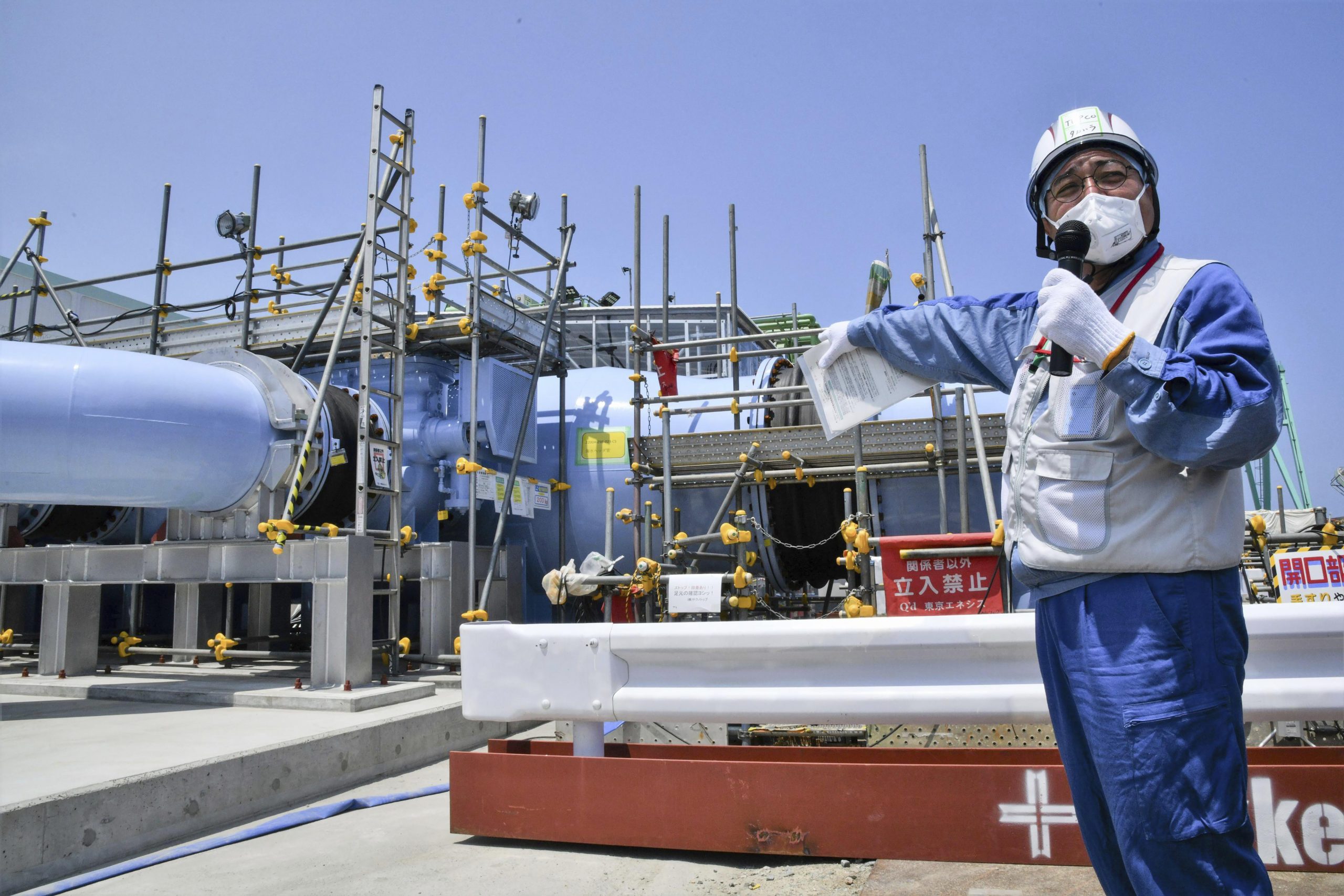Cockroaches: the ultimate survivors. They’ve been around for millions of years, outliving even the dinosaurs. But what happens when these resilient creatures begin to evolve and mutate in new and unexpected ways? That’s exactly what researchers have discovered in the latest twist in cockroach evolution. In this post, we’ll explore what we know about these weird mutations and their potential impact on our world. So fasten your seatbelts – it’s going to be a wild ride!
What is a Cockroach?
Cockroaches are insects that have been around for over 350 million years. They belong to the same family as termites and are known for their resilience and adaptability. Cockroaches have a flat body with long antennae, six legs, and two sets of wings.
These pests can be found all over the world in a variety of environments. They thrive in warm and humid conditions, making them common household pests in many parts of the world. Some species prefer to live outdoors, burrowing into soil or hiding under rocks during the day.
One reason why cockroaches are such successful survivors is their ability to eat almost anything – from decaying matter to glue or hair. This means they can survive even when other food sources become scarce.
Despite being considered a nuisance by most people, some cultures view cockroaches as symbols of longevity and good luck. In fact, there’s even a popular gambling game called “cockroach racing” where participants bet on which roach will cross the finish line first!
What Does the Evolution of Cockroaches Mean for Us?
The evolution of cockroaches may seem like a trivial matter, but it actually has a significant impact on our lives. Cockroaches are known to carry diseases and can cause allergic reactions in some people. As they continue to evolve, they may become even more difficult to control.
The latest mutations in cockroach populations could potentially make them more resilient against common pesticides and insecticides. This means that we may need to develop new methods of pest control to keep them at bay.
In addition, the evolution of cockroaches also highlights the importance of maintaining clean living spaces. These pests thrive in dirty environments, so keeping your home or business clean can help prevent infestations.
While the evolution of cockroaches may not directly affect us on a daily basis, it is important for us to be aware of their adaptations and take steps towards preventing their spread.
How Do Cockroaches Mutate?
Cockroaches have been around for millions of years, and they’ve evolved to survive in almost any environment. They are known for their ability to adapt and evolve quickly, making them one of the most resilient creatures on Earth. But how do cockroaches mutate?
Mutations occur when there is a change in the genetic material of an organism. This can happen due to various reasons such as exposure to radiation or chemicals, random errors during cell division or even through natural selection.
Cockroaches have a high mutation rate, meaning that they undergo genetic changes more frequently than other insects. This could be due to their large population size and fast reproduction rates.
These mutations can result in many different variations within the species. Some mutations may provide advantages that help them survive better in certain environments while others may not be beneficial at all.
The process of mutation is essential because it allows organisms like cockroaches to adapt and evolve over time. It’s also important for scientists who study evolution because it helps us understand how life forms change over generations.
Understanding how mutations occur is crucial if we want to comprehend the future of these fascinating insects, which just might surprise us with another weird twist anytime soon!
What are the Effects of Mutations on Cockroach Survival Rates?
The effects of mutations on cockroach survival rates can be both positive and negative. Mutations that result in an adaptation to the environment may increase the chance of survival for a particular population of cockroaches. For example, if a mutation causes some individuals to become resistant to certain insecticides, those individuals will have a better chance of surviving when exposed to that insecticide.
On the other hand, mutations can also have negative effects on survival rates. Mutations that reduce genetic diversity within a population can make it more vulnerable to disease or environmental changes. Additionally, mutations may cause physical deformities or impairments in function that decrease an individual’s ability to survive.
One notable example is a recent study which found that some cockroaches are evolving shorter wings as they live in crowded urban environments with less need for long flights. While this adaptation might help them thrive in cities where food sources are abundant but limited space makes flying difficult, it could also lead to reduced genetic diversity which could put them at risk from new threats like diseases.
While we cannot predict exactly how these specific mutations will impact overall cockroach populations over time or what other adaptations may emerge as conditions change, understanding how variations arise and spread among populations is important not just for scientific curiosity but practical pest control strategies too!
What Are the Limitations of Our Research on Cockroach Evolution?
As much as we would like to know everything about the evolution of cockroaches, our research has limitations that prevent us from uncovering all the answers. One major limitation is the lack of fossil evidence for ancient cockroaches, which makes it difficult to determine how they evolved over time.
Another limitation is that many species of cockroaches are still being discovered and identified, which means that there may be gaps in our understanding of their evolutionary history. Additionally, some species have very small populations or live in remote areas where they are difficult to study.
Furthermore, genetic studies can only tell us so much about a species’ evolutionary history. While DNA analysis can reveal patterns of mutation and genetic traits passed down through generations, it does not provide a complete picture of an organism’s physical adaptations or behavioral changes over time.
Human biases also limit our ability to understand cockroach evolution. Our perceptions and beliefs about certain aspects of biology may lead us to overlook important details or interpretations when analyzing data.
Despite these limitations, scientists continue to work towards unraveling the mysteries behind this fascinating insect’s evolution.
Conclusion
The latest mutations in cockroach evolution have shed light on the incredible adaptability of these pests. Despite being around for millions of years, they continue to evolve and thrive even in modern-day cities.
While some may find this unsettling, it is important to remember that through scientific research and innovation we can better understand how to control these pests. By studying their mutations and survival tactics, we can develop new methods for pest management that are more effective and environmentally friendly.
As strange as it may seem, the weird twist in cockroach evolution is a fascinating area of study with real-world implications. Who knows what other mysteries about these insects will be uncovered in the future?









